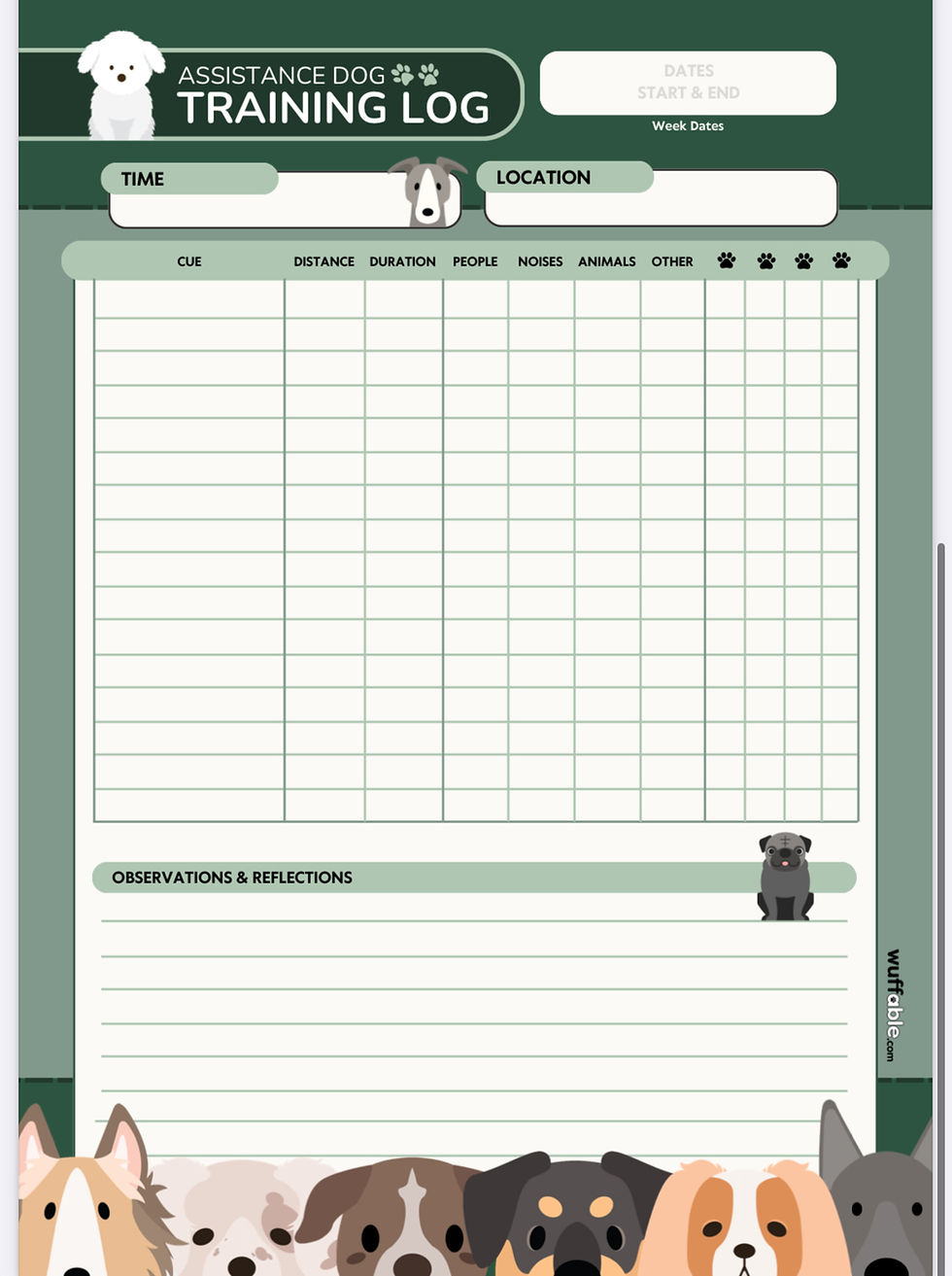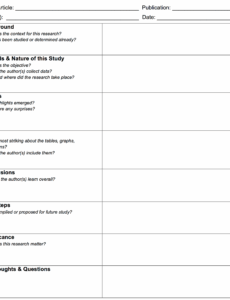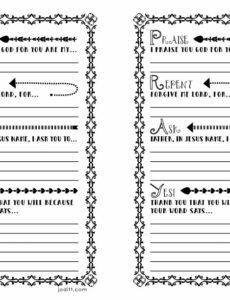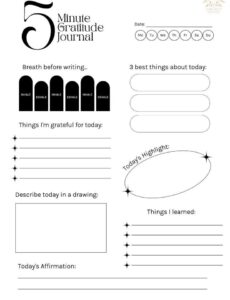Embarking on the journey of training a service dog is a deeply rewarding experience, filled with countless hours of dedication, patience, and love. From basic obedience to specialized tasks, every step is crucial in shaping a capable and reliable canine partner. It is a process that demands consistency and a keen eye for progress, but keeping track of every nuance can often feel overwhelming without a structured approach.
This is where a dedicated training journal becomes an invaluable tool. Imagine having a detailed record of every session, every breakthrough, and every challenge your dog faces. Such a record not only serves as a powerful reference but also illuminates the path forward, helping you refine your methods and celebrate every success. It transforms abstract progress into tangible data, making the complex journey of service dog training much more manageable and effective.
Why a Training Journal Is Indispensable for Your Service Dog’s Journey
Think of your service dog’s training journal as their personal academic record and performance review, all rolled into one. It’s more than just scribbling down notes; it’s a dynamic log that provides a bird’s-eye view of their development. By consistently documenting your training sessions, you create a rich archive of information that is crucial for understanding your dog’s learning patterns, identifying areas that need more attention, and celebrating the victories, big or small, along the way. It ensures that your training approach is not haphazard but rather systematic and goal-oriented.
One of the most significant benefits of maintaining a detailed journal is its ability to help you troubleshoot. Service dog training isn’t always a smooth upward curve; there will be plateaus, regressions, and moments where a particular task just isn’t clicking. By looking back through your journal, you might spot patterns you wouldn’t notice otherwise. Perhaps a certain distraction consistently hinders progress, or a specific time of day yields better results. These insights are gold, allowing you to adjust your environment, methodology, or timing to optimize future sessions. It helps you objectively analyze what works and what doesn’t, moving past assumptions to data-driven decisions.
Key Elements to Include in Your Journal
- Date and Time: Crucial for tracking consistency and progress over time.
- Location of Training: Did you train at home, a park, or a store? Different environments present unique challenges.
- Trainer Present: If multiple people are involved in training, note who led the session.
- Tasks Practiced: List specific tasks or behaviors you worked on.
- Duration of Each Task: How long did you spend on “stay” versus “retrieve”?
- Success Rate/Performance: Assign a rating (e.g., 1-5, or percentage) for each task.
- Notes on Distractions: What environmental factors were present? (e.g., other dogs, loud noises, people).
- Observations and Challenges: Any specific behaviors, frustrations, or breakthroughs.
- Next Steps/Goals: What do you plan to work on next, or what adjustments will you make?
Having these elements neatly organized makes the data easily retrievable and actionable. It takes the guesswork out of planning future training sessions and provides a clear narrative of your dog’s learning curve. This structured approach not only benefits your dog’s development but also reinforces your own consistency and commitment as a trainer.

Ultimately, a service dog training journal is an indispensable partner in building a strong, effective working relationship with your canine companion. It allows you to document the journey from a hopeful puppy to a life-changing service animal, ensuring that every lesson learned is recorded, understood, and built upon, paving the way for sustained success.
Crafting Your Perfect Service Dog Training Journal Template
Once you understand the profound importance of a training journal, the next step is to create a service dog training journal template that truly works for you and your dog. While there are many pre-made journals available, the most effective one is often a customized template designed to fit your unique training goals, your dog’s specific needs, and your personal style of record-keeping. The goal is to create something that is not just a chore to fill out, but an intuitive and helpful tool you’ll actually enjoy using.
Begin by considering whether you prefer a digital or physical format. A digital template, perhaps in a spreadsheet or a dedicated app, offers easy searching, data analysis, and portability. On the other hand, a physical notebook allows for handwritten notes, sketches, and a tactile connection that many people appreciate. There’s no right or wrong answer; the best choice is the one that you will use consistently and that integrates seamlessly into your daily routine. Don’t be afraid to experiment with different layouts or sections until you find what clicks for you.
When building out your template, think about the specific types of information you need to track. Beyond the basic details like date and time, consider sections tailored to the complexities of service dog work. This might include dedicated spaces for public access training logs, which are distinct from at-home task training, or sections for tracking specific medical alerts or mobility tasks. The more thought you put into these categories upfront, the more useful your journal will be in the long run, ensuring no critical data is missed.
Customizable Sections to Consider
- Basic Dog Information: Name, breed, birthdate, handler info.
- Daily Training Log: The core of your journal, detailing sessions.
- Task-Specific Training Trackers: Dedicated pages for complex tasks like retrieve or DPT.
- Public Access Log: Details on public outings, distractions, and dog’s behavior.
- Health and Veterinary Notes: Medications, vet visits, unusual symptoms.
- Goal Setting and Progress Reviews: Monthly or quarterly goal setting and reflection.
- Behavioral Notes: Tracking specific issues like barking, reactivity, or separation anxiety.
- Success Stories/Milestones: A place to celebrate achievements and boost morale.
A well-designed service dog training journal template transforms a stack of notes into a powerful analytical tool. It empowers you to make informed decisions, track the intricate details of your dog’s progress, and ultimately, build an even stronger partnership with your dedicated service animal. The effort you put into designing and consistently using your template will pay dividends in the quality of your training and the reliability of your service dog.
Ultimately, the journey of training a service dog is a marathon, not a sprint, and every step, no matter how small, contributes to the larger goal. A meticulously kept journal ensures that none of these steps are forgotten or undervalued. It becomes a testament to your dedication and your dog’s incredible capacity to learn and serve, fostering a deeper bond rooted in understanding and progress.
By embracing the discipline of regular documentation, you equip yourself with the insights needed to navigate challenges effectively and celebrate successes authentically. This commitment to detailed record-keeping not only optimizes your training methodology but also enriches the entire experience, transforming the process into a more structured, rewarding, and ultimately, successful endeavor for both you and your remarkable canine partner.





